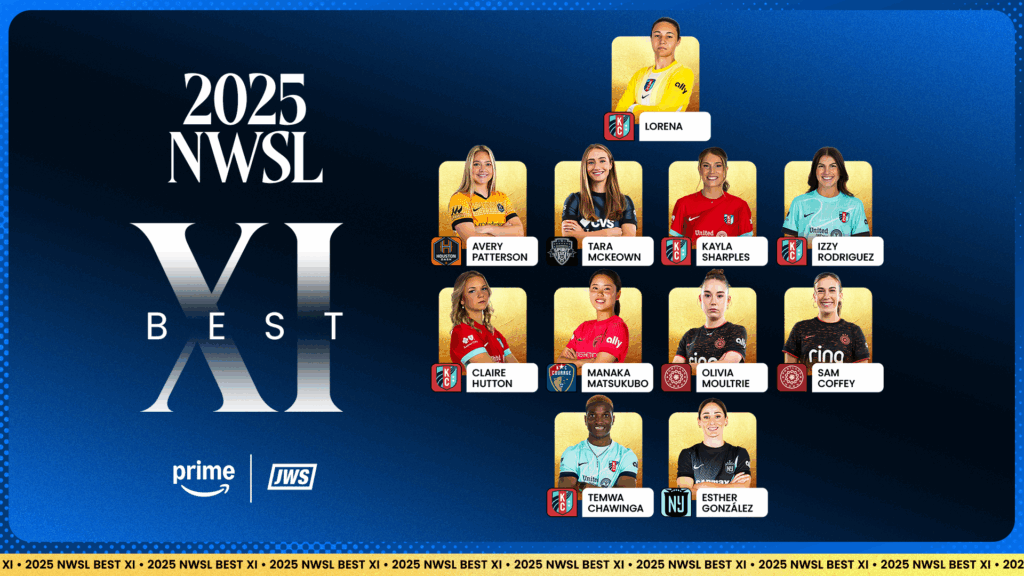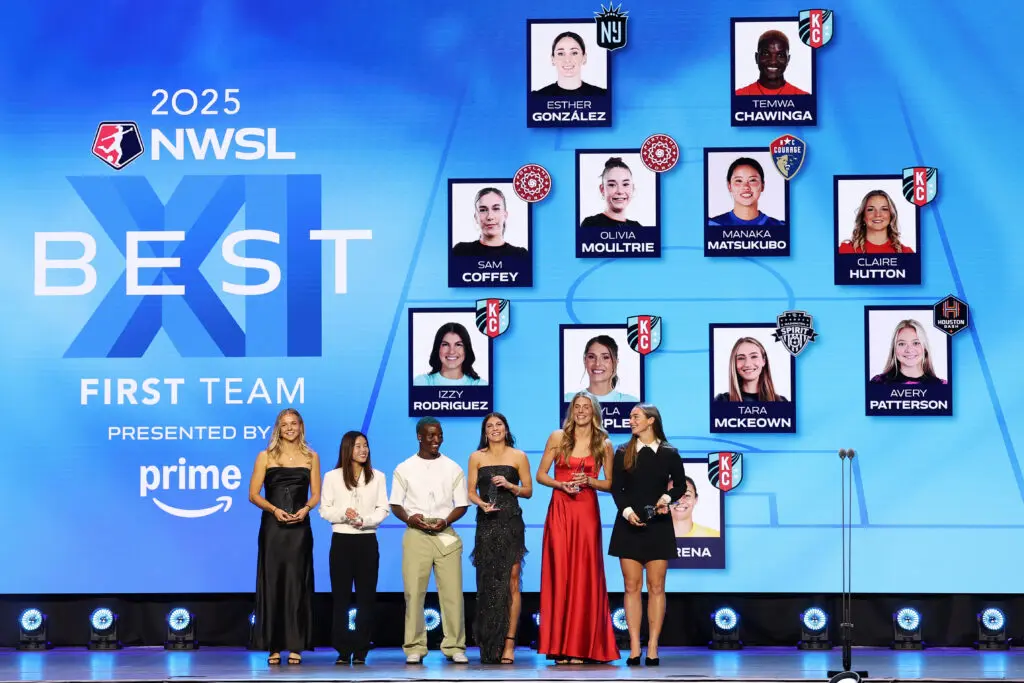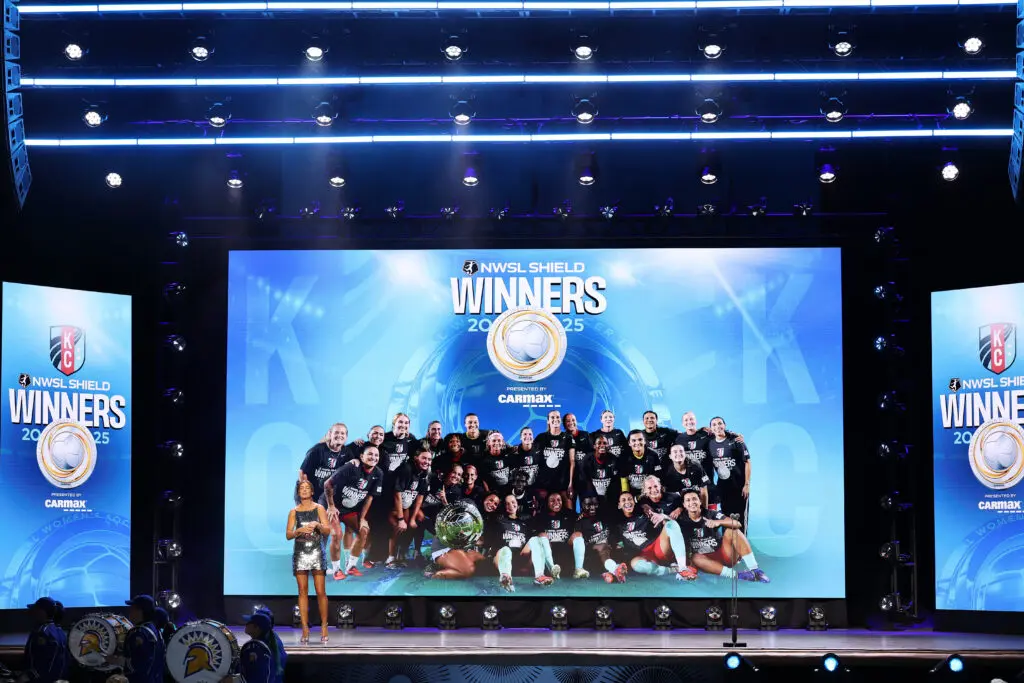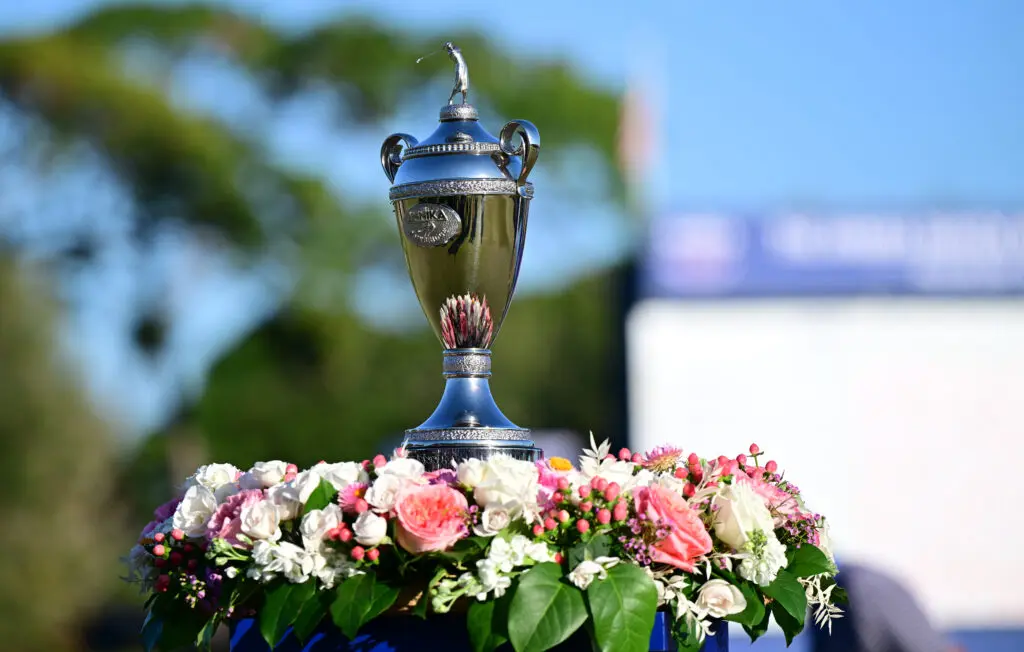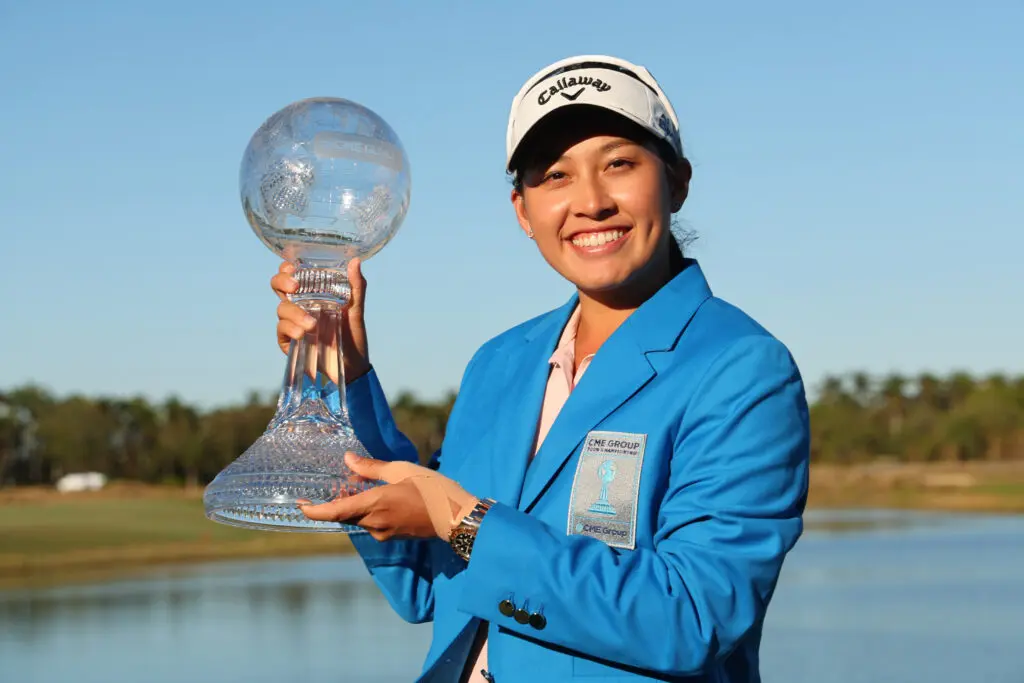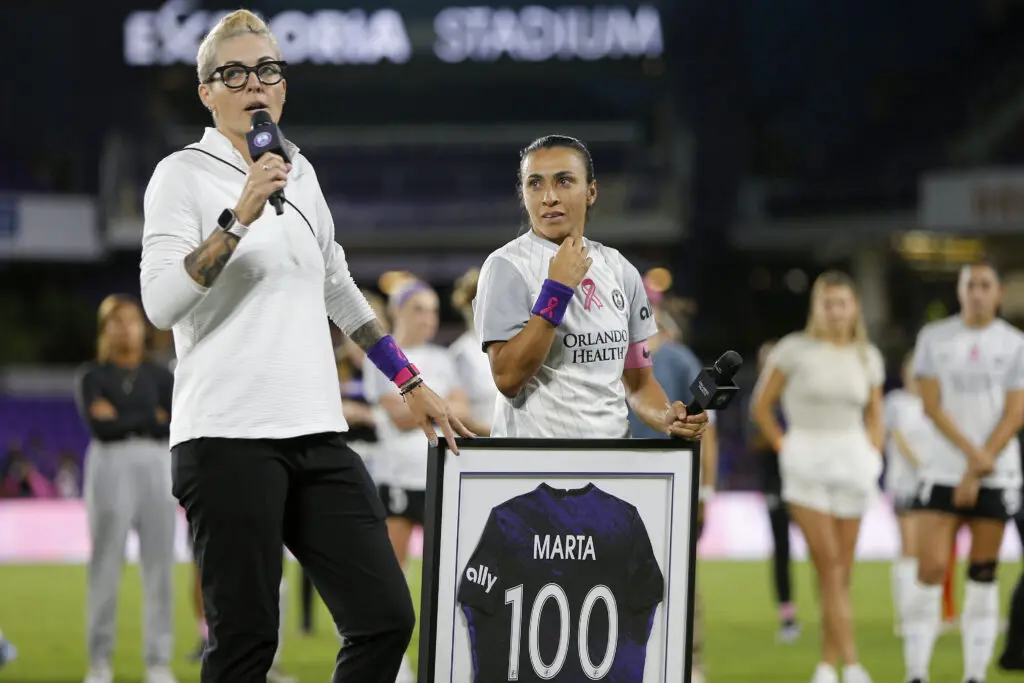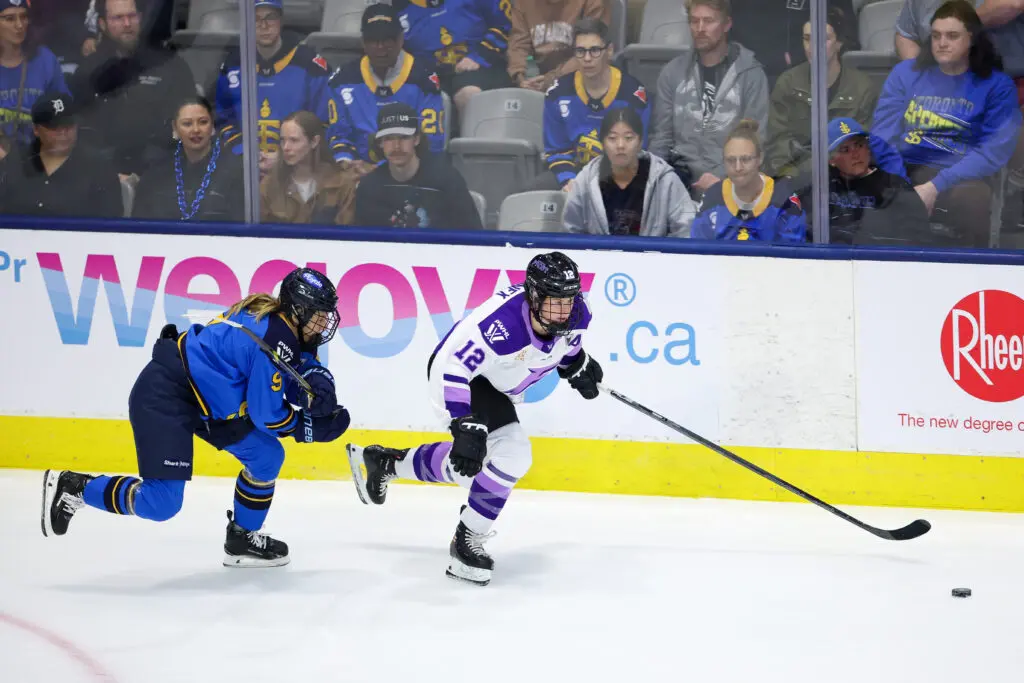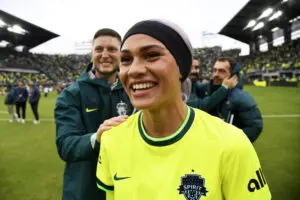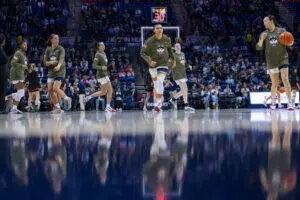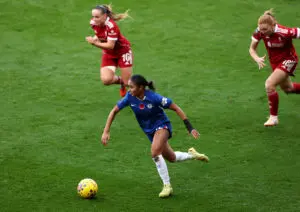We were reminded this week just how monumental the U.S. women’s national team’s list of injuries is, as head coach Vlatko Andonovski gave a rundown of over 10 players working their way back into the fold during his media availability Monday. Some players are well on their way back, while a few have more nebulous timelines that warrant more reflection ahead of the World Cup next summer.
While every injured player brings talent that almost any national team would welcome, there are a few players in key positions that the U.S. could use back on the pitch sooner rather than later.
Defense
Emily Sonnett
This is maybe a less obvious pick, but hear me out. When dealing with further attrition to the wide areas of the USWNT backline, Andonovski brought in Hailie Mace, who has played many different roles for her NWSL clubs. Mace was called up as an outside back, but she’s recently played wingback for her club and spent time as a No. 10 or defensive midfielder (not my favorite place for her.) In short, Mace was brought in to play the same role Emily Sonnett has filled for the team for ages: a catch-all defender who can train well and slot onto the field in a pinch. Sonnett had an excellent year at center-back for Washington in 2021, and she has experience as the team’s Swiss Army Knife. They might miss her more than you think.
Kelley O’Hara
The USWNT has featured very attacking-minded outside backs in recent months. Emily Fox and Sofia Huerta have done a fine job when the USWNT is in possession, with crisp crosses and good recovery speed in defensive transition. But against top opponents, one has to wonder if the backline is missing a certain amount of dexterity out wide. O’Hara has historically been strong in both areas, and her vision from wide positions can be helpful in advancing the ball. And do not count out Casey Krueger, who featured on the team’s 2021 Olympic roster as a defensive option at outside back and now works her way back from the birth of her son, Caleb.
Tierna Davidson
While much of the focus is on the outside-back positions, the USWNT’s center-back situation is less settled than one might think. Naomi Girma has excelled in her fast track to a spot with the first team, and Becky Sauerbrunn hasn’t missed a step in NWSL play. But Andonovski seems against playing the two together since they both sit on the left side. This has placed heavy responsibility on the shoulders of Alana Cook, who has looked equal parts steady and shaky in international play. Davidson is working her way back from the third serious injury of her young career, but she was a bright spot in a tough Tokyo Olympic campaign and should provide a healthy amount of competition to the central defense.

Midfield
Sam Mewis
The players with the least concrete return timelines are those whose roles the USWNT consistently misses the most: Sam Mewis and Julie Ertz. Connectivity in the midfield has been an issue for the USWNT for over a year, to the point where Andonovski has adjusted his game plan at times to avoid it against other top nations. Mewis is not a holding midfielder, nor is she a drifting playmaker who pushes toward the opponent’s backline. But therein lies the point: The USWNT does not have a replacement for her — a possessor who allows the other midfielders to focus on their most natural positions — in their current midfield pool. If Mewis’ knee issue continues to linger, the U.S. might have to commit to a replacement (they have a good candidate, but she’s currently listed as a defender.)
Julie Ertz
No one knows if or when Julie Ertz might return to professional soccer, and Andonovski was reluctant to speculate this week on her timeline for a return. Her unknown status is what makes the current USWNT approach all the more confounding, as their 4-3-3 formation requires a defensive midfielder of Ertz’s physical profile to protect dangerous areas and break up the other team’s possession. Andi Sullivan and Sam Coffey are capable No. 6s, but Sullivan has looked hesitant when asked to pressure in front of her own penalty area. The USWNT would be giving something up to implement a “buddy system” in front of the backline, and Andonovski seems reluctant to try, but Ertz is the only player who can consistently make the current system work.

Attack
Catarina Macario
Almost too obvious to mention, but the USWNT attack has stayed in Macario mode even after the 23-year-old tore her ACL right before the Concacaf W Championship. During the team’s subsequent friendlies, Sophia Smith has taken on a proto-Macario role, starting centrally and at times drifting into the USWNT midfield to help progress the ball. Those experiments didn’t always set the team up for a scintillating attack, especially when they were missing Mallory Pugh in October. But the vision remains of Macario returning as a false No. 9 and Smith pushing further wide with a new wealth of experience. Much of the USWNT’s attack is riding on Macario returning to score goals and allow the rest of the forward lines to be their best selves.
Christen Press
I simply do not believe that the backup position to Pugh’s starting role at left wing is as secure as Andonovski has projected it to be. Megan Rapinoe is a crucial leader in the locker room and lethal in dead-ball situations. But if the USWNT can take 26 players to the 2023 World Cup, they need someone who can be effective for a full 90 minutes in the off-chance Pugh is not available for every match. Press has the experience and class on the ball to connect with the midfield and provide defensive cover for whichever outside back is playing behind her. She can also be clinical from distance, an attribute that can break a close game open when other attacking options fail.
Claire Watkins is a Staff Writer at Just Women’s Sports. Follow her on Twitter @ScoutRipley.

